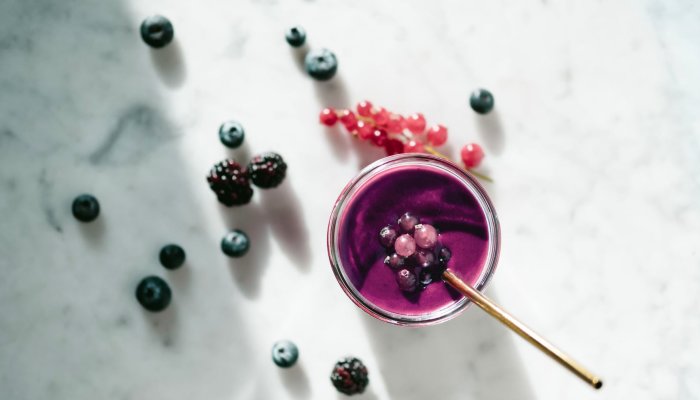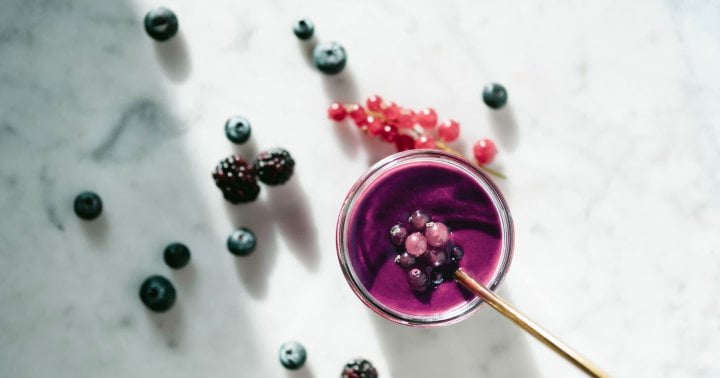A Gastroenterologist’s 3-Second Trick To Tell How Polyphenol-Rich Food Is

What Mayer calls your “own personal testing mechanism.” Translation? A simple taste test.
Take a bite into any polyphenol-rich berry (blueberries, blackberries, strawberries, what have you), and really savor it. Reflect on the first explosion of flavor, the aftertaste, and how concentrated it seems. If it tastes rich and sweet, it’s likely brimming with polyphenols; if it’s bland, perhaps less so.
The thing is, polyphenols are produced in the plant’s root system—meaning, when the soil is stripped of its microbial life and pumped with pesticides, the plant’s nutrient content suffers. Functional medicine doctor Mark Hyman, M.D., agrees, as he once told us that broccoli was twice as nutritious 50 years ago when the soil was brimming with diverse microbial life. And it’s those nutrient-dense fruits and veggies that actually provide the most intense, mouthwatering flavor.
That’s why, Mayer explains, if the berries don’t taste like, well, berries, “they probably have a low concentration of polyphenols.” Take strawberries, for example: Have you ever eaten a tiny—yet intense!—organic strawberry and remember the rush of flavor? “Compare them to the big strawberries you find in the supermarket, and they have essentially no taste,” Mayer says. “If you didn’t see it, you wouldn’t know it’s a strawberry.”
This article was originally published by mindbodygreen.com. Read the original article here.




